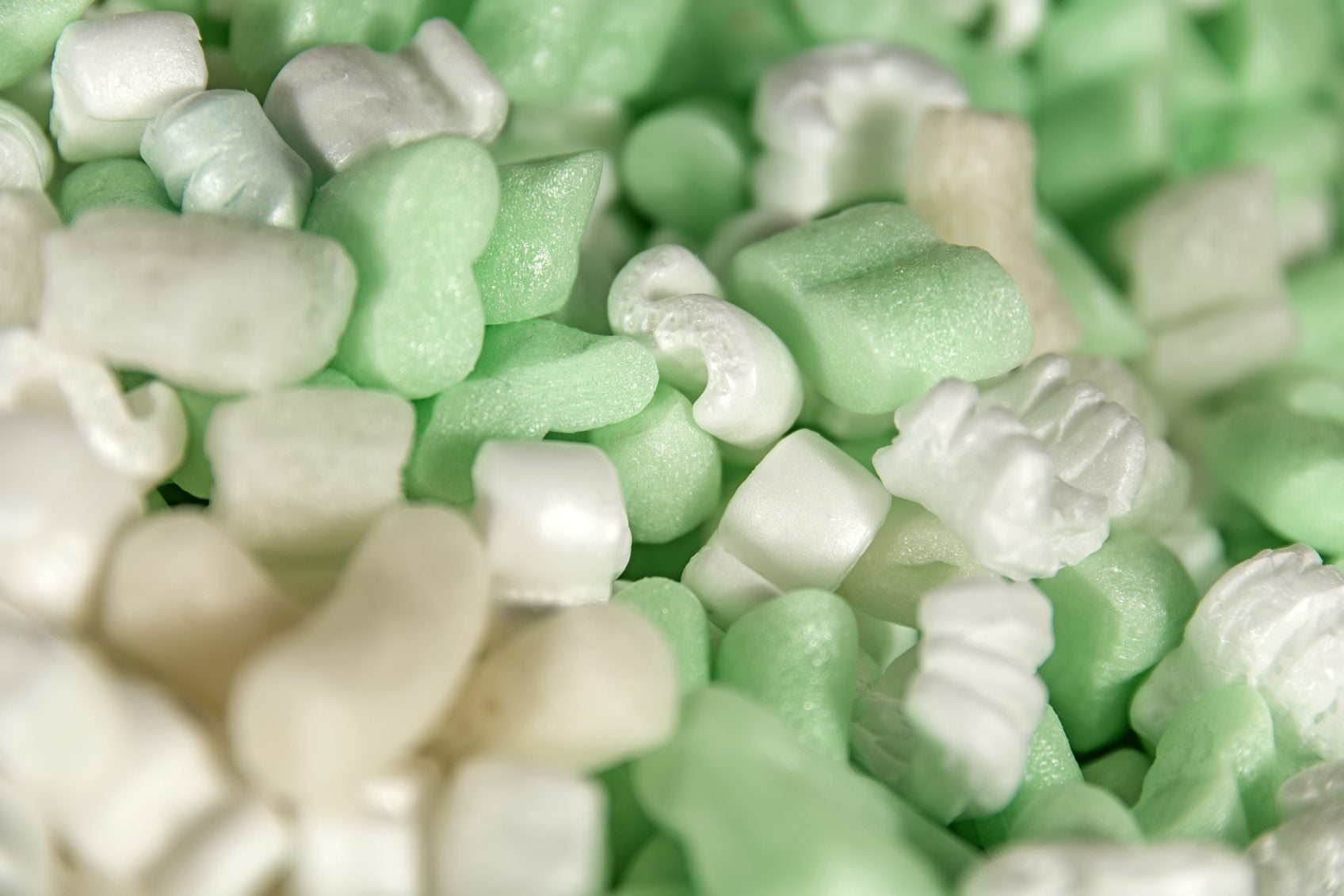Composting Styrofoam – Can You Compost Styrofoam


Styrofoam was once a common packaging for food but has been banned in most food services today. It is still widely used as packing material for shipping and one large purchase may contain huge pieces of the lightweight stuff. If you don't have a handy facility nearby that deals with the packing material, what can you do with it? Can you compost styrofoam?
Can You Compost Styrofoam?
Styrofoam is not recyclable in city waste programs. There are sometimes special facilities that will repurpose the material but not every municipality has one nearby. Styrofoam will not break down like organic items. It is made of polystyrene and is 98% air, which gives it the light texture and buoyancy characteristic of the product. It is also a possible human carcinogen, which has led to its being banned in many states. If you are wondering how to compost styrofoam, think twice since it can be potentially hazardous to living organisms. Styrofoam is simply fluffed up plastic. Plastic is a petroleum product and is not compostable; therefore, composting styrofoam is not possible. However, some gardeners are putting styrofoam in compost to increase air circulation and moisture percolation. This is a disputed practice since the material may be dangerous in large amounts and food crops can potentially be contaminated by its various components. Additionally, it will remain in the soil indefinitely. A very tiny amount of styrofoam can be used in compost but larger pieces should be sent to a special treatment facility. Styrofoam that is exposed to heat will give off gas and release the toxic chemical Styrene, which has been linked to a host of health problems, so using it in your garden is really up to you.
Putting Styrofoam in Compost
If you’ve decided to go ahead and add to compost, then any styrofoam used to aerate compost should be broken up into tiny pieces, no bigger than a pea. The amount you use should be proportionally minute with a ratio of 1 to 50 or more of compost. The product really isn't more beneficial than other good sources of texture in the soil such as pebbles, sticks and twigs, sand, commercial vermiculite, or ground pumice. If you just want to get rid of styrofoam, consider repurposing it. The stuff makes great insulation for greenhouses and cold frames. If you have a school nearby, take clean styrofoam there for use in craft projects. It is also useful as a float for fishing or trapping crabs. Many boatyards use styrofoam for a host of applications.
Alternatives to Composting Styrofoam
In order to keep potentially dangerous chemicals out of your garden, it might just be best to get rid of the material another way. Many waste management facilities have styrofoam recycling facilities. You can also send it to the Alliance of Foam Packaging Recyclers where it will be cleaned and reused. More drop-off locations can be found at foamfacts.com. There is a study out that states that mealworms can be fed a diet of styrofoam and their resulting castings are safe for garden use. Should you find yourself in possession of a lot of mealworms, this method seems safer and more beneficial than simply breaking up pieces of styrofoam and mixing them into your compost. Petroleum products are very damaging to the environment and using these potentially hazardous items in your garden just doesn't seem like it is worth the risk.
Gardening tips, videos, info and more delivered right to your inbox!
Sign up for the Gardening Know How newsletter today and receive a free copy of our e-book "How to Grow Delicious Tomatoes".

Bonnie Grant is a professional landscaper with a Certification in Urban Gardening. She has been gardening and writing for 15 years. A former professional chef, she has a passion for edible landscaping.
-
 ‘Coral Charm’ Peony Care For Sublime Semi-Double Peonies With Lush Salmon Pink Flowers
‘Coral Charm’ Peony Care For Sublime Semi-Double Peonies With Lush Salmon Pink FlowersPeonies are known for their soft baby pink or magenta tones, but if plushy coral blooms are your thing, here’s our guide to the ultimate ‘Coral Charm’ peony care
By Tonya Barnett
-
 How To Grow Seeds Quickly: 8 Expert Tricks For Fast Flowers & Crops
How To Grow Seeds Quickly: 8 Expert Tricks For Fast Flowers & CropsIt's never too late to start growing! Jump-start your flower or vegetable garden with these pro tips and tricks for germinating seeds in record time.
By Amy Grant